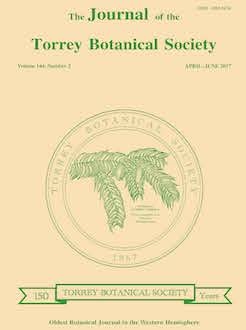Flowering times are sensitive indicators of climate change and provide insight into the potential effects of such change on biological phenomena. The goals of this study were to evaluate the extent and patterns of changes in flowering times in a largely rural area of Massachusetts. We also wished to evaluate the relationship between the observed changes in blooming time and each species' average flowering date and status as native or nonnative. By examining correlations between patterns in our study and those in another Massachusetts study employing similar methodology, we evaluated the role of sampling error in reported interspecific differences. We compared flowering times since 2010 of 450 species, based on over 7,300 field observations, with historical flowering times through 1980, based on over 4,300 herbarium specimens. Gridded PRISM temperature data for Franklin County reveal increasing average annual temperature over the past 121 years, with an acceleration in the past four decades. Among plant species with five or more records in each time period, flowering times advanced an average of 4.5 days. Flowering of species blooming before the summer solstice advanced an average of 6.2 days, whereas taxa flowering after August advanced only 2.1 days. A regression of change in flowering time on mean flowering date for spring-blooming species predicts that a species blooming in early spring (mean flowering date of May 1) advanced 12 days between 1929 and 2013. The average change in flowering time did not differ between native and nonnative species and was unrelated to duration of the blooming period. Changes in flowering date of 221 taxa in Franklin County were positively correlated with changes in flowering date measured using similar techniques in neighboring Worcester County. The strength of these correlations was, however, strongly dependent on the sizes of the samples of records on which average flowering times were calculated. Thus, interspecific differences are subject to considerable sampling error and have little validity unless based on sufficient sample sizes, preferably 20 or more observations in each time period.
How to translate text using browser tools
3 April 2017
Climate change and flowering phenology in Franklin County, Massachusetts
Robert I. Bertin
ACCESS THE FULL ARTICLE
climate change
Flowering
Massachusetts
phenology
warming





